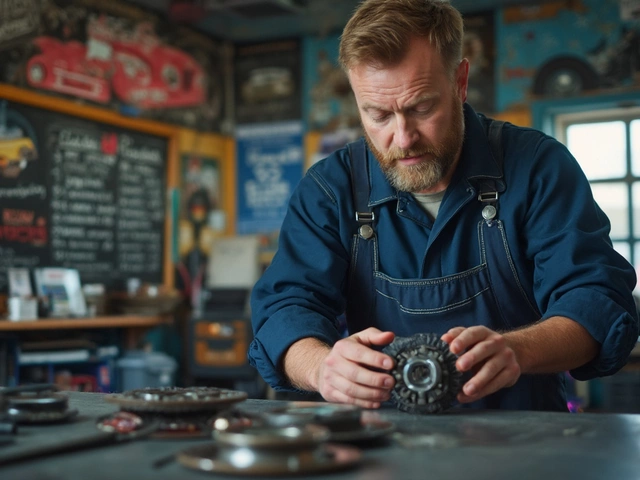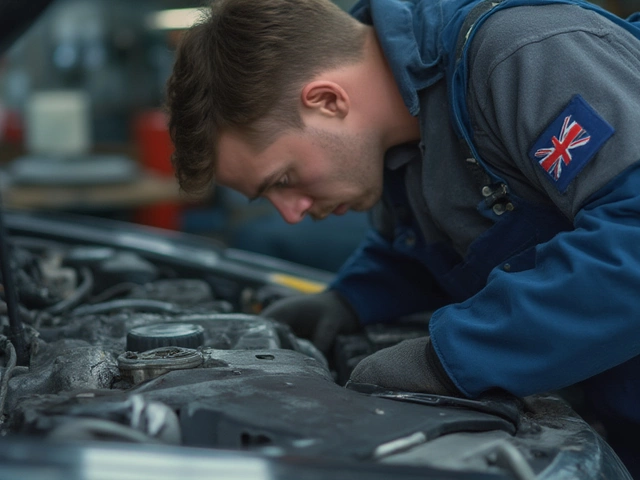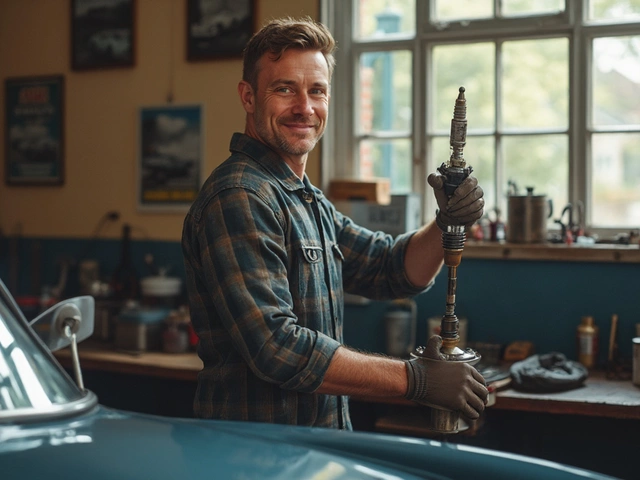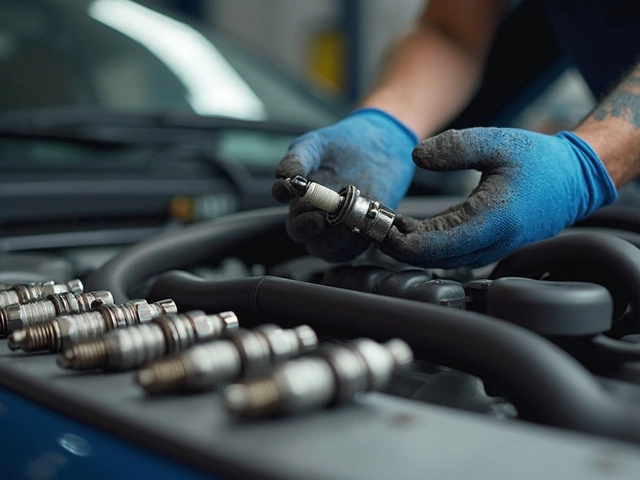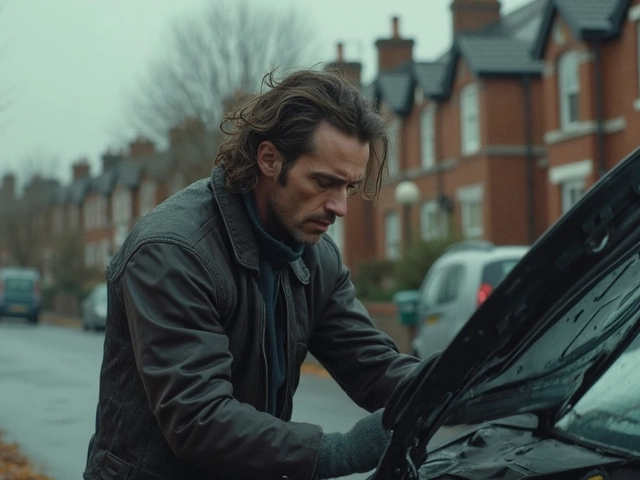Ever wonder what happens when your clutch starts to go, but you’ve still got places you need to be? That moment you push down the pedal and get a weird grinding noise—or worse, the gear shifter feels like it’s wrestling with you—most drivers get a jolt of panic. But if the car still moves, is it actually that dangerous to keep driving? It might surprise you how many folks try to squeeze in a few extra miles out of a dying clutch, thinking they’ll just limp along to payday or that next big repair window. Here’s the raw truth about driving with a bad clutch, what can really go wrong, and tips for making smart decisions before things get ugly.
What Actually Happens When a Clutch Goes Bad?
Picture your clutch as the handshake between your engine and your transmission—without it, your gears and your engine just don’t agree on much. When it starts to give out, things don’t get better on their own. Instead, you’ll start noticing a bunch of symptoms, sometimes slowly, sometimes all at once. For many, the first sign is a soft or spongy clutch pedal. It might take more effort to press, or sometimes feel effortless, but the car isn’t moving the same way anymore. Maybe you smell burning, especially after some stop-and-go traffic. That’s the clutch disc wearing out—friction material burning because it’s slipping, not biting into the engine power like before.
Then there’s the noise. No one likes to hear grinding or squealing underneath their car. When gears clash, or the release bearing howls, it means the internals are getting damaged. You might even notice the car rolling backwards on a hill, even when it’s in gear, because the clutch can’t hold. Or maybe the RPMs jump wildly when you try to accelerate, instead of building smoothly as you pick up speed. Those are early warning bells, and once you’ve got them, the countdown starts. Sometimes, drivers ignore these for weeks, even months, until suddenly the pedal won’t return at all, or you’re stuck in traffic and the car literally can’t move. Researchers at automotive training centers say that ignoring clutch issues commonly causes deeper transmission damage, leading to repair bills that balloon fast.
If you’re thinking about soldiering on, consider this: not all clutch failures are the same. Maybe it’s a hydraulic issue (like a leaky master cylinder), or it’s the throwout bearing going out. Different parts fail in different ways, but the end game is the same—you’re going to get stranded if you ignore it long enough. That rolling hill scenario? That could lead to an accident. What about city driving? Don’t be surprised if you can’t get the car into gear at a busy intersection. One technician I know told me about a customer who managed to drive 100 miles with a slipping clutch by starting in second gear and NEVER stopping, but he chewed up the flywheel so badly that replacement cost double. So, yes, you might drive with a bad clutch for a short time, but it’s at the risk of bigger headaches (and much bigger bills) down the line.
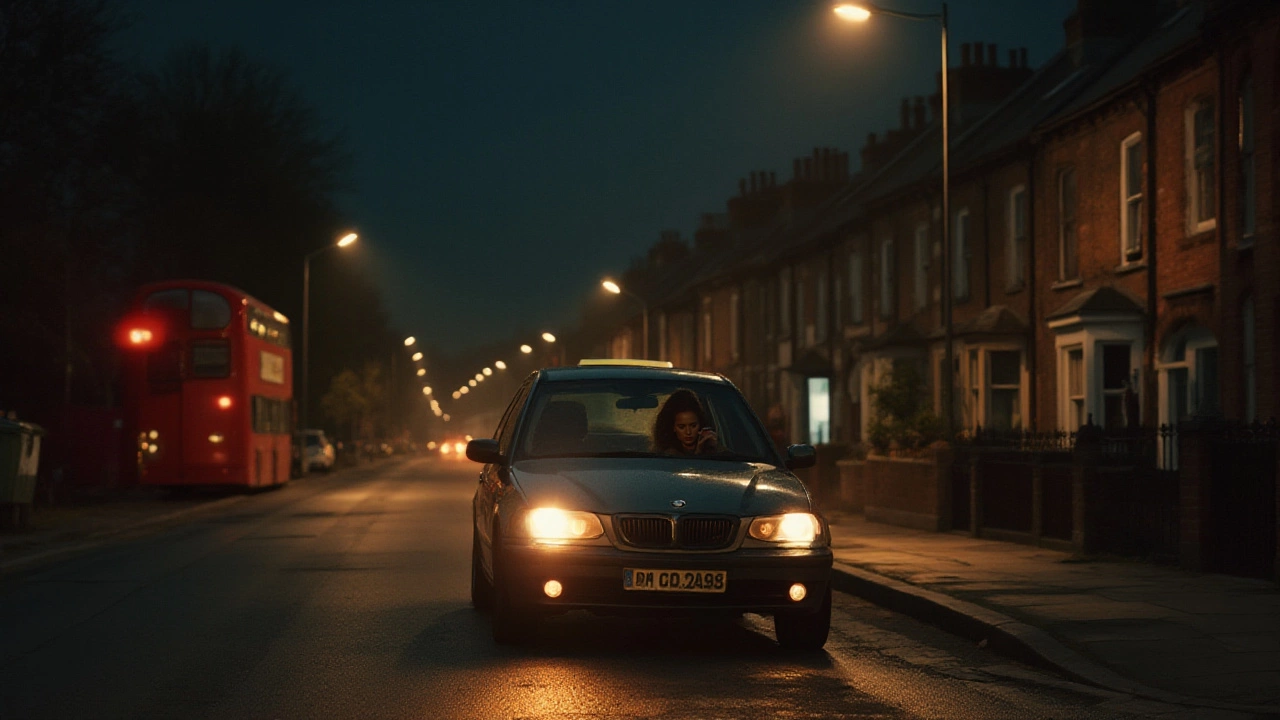
What Could Go Wrong If You Ignore a Bad Clutch?
Let’s get real—driving with a bad clutch isn’t just hard on your wallet, it’s risky in ways most people don’t realize. First, your stopping and starting get unpredictable. Imagine trying to make a left turn across busy traffic, but your clutch can’t disengage. Shifting could leave you stuck in neutral at the worst moment. That’s not just embarrassing, it’s dangerous. In fact, a recent insurance report showed that breakdowns from failed clutches cause a spike in minor collisions and traffic build-up, especially during rush hours. So if you’re thinking you can time your trips, remember you can’t always guess when your luck will run out.
There’s another side to this: the ripple effect on other components. As your *bad clutch* works overtime, other parts get strained. Your starter motor sometimes has to work harder since you can’t cleanly disengage the engine. The transmission synchronizers can get chewed up if you’re forcing shifts. If the pressure plate gives out and fragments, bits can gouge the flywheel, meaning you’re not just up for a new clutch kit, but possibly a whole transmission rebuild. Ask any mechanic—catching clutch problems early will save you from a world of ugly surprises.
Some folks get creative when the clutch gets bad, using rev-matching or even clutchless shifting. Is that smart? It’s a party trick, but even pros know every missed shift is a gamble. A slip-up at highway speed is asking for sudden loss of power, which is a nightmare if you’re in the fast lane. Any method that avoids using the clutch transfers wear to other drivetrain parts. If you’re thinking about these tricks, weigh the risks—are you prepared to pay for more extensive repairs later?
The safety angle is rarely talked about enough. Let’s say you’re stuck on a rainy hill, and the car’s rolling backward because the clutch can’t grab. Unlike the movies, it’s tough to react fast enough to stop a runaway car if you lose clutch grip. Or think about winter—losing clutch engagement could mean getting stranded in the cold, far from help. Roadside assistance gets expensive, and towing a manual car with a dead clutch is not always straightforward. Next time you see that clutch pedal behaving strangely, remind yourself: getting it fixed isn’t just about money, it’s about staying safe and not having your plans derailed.
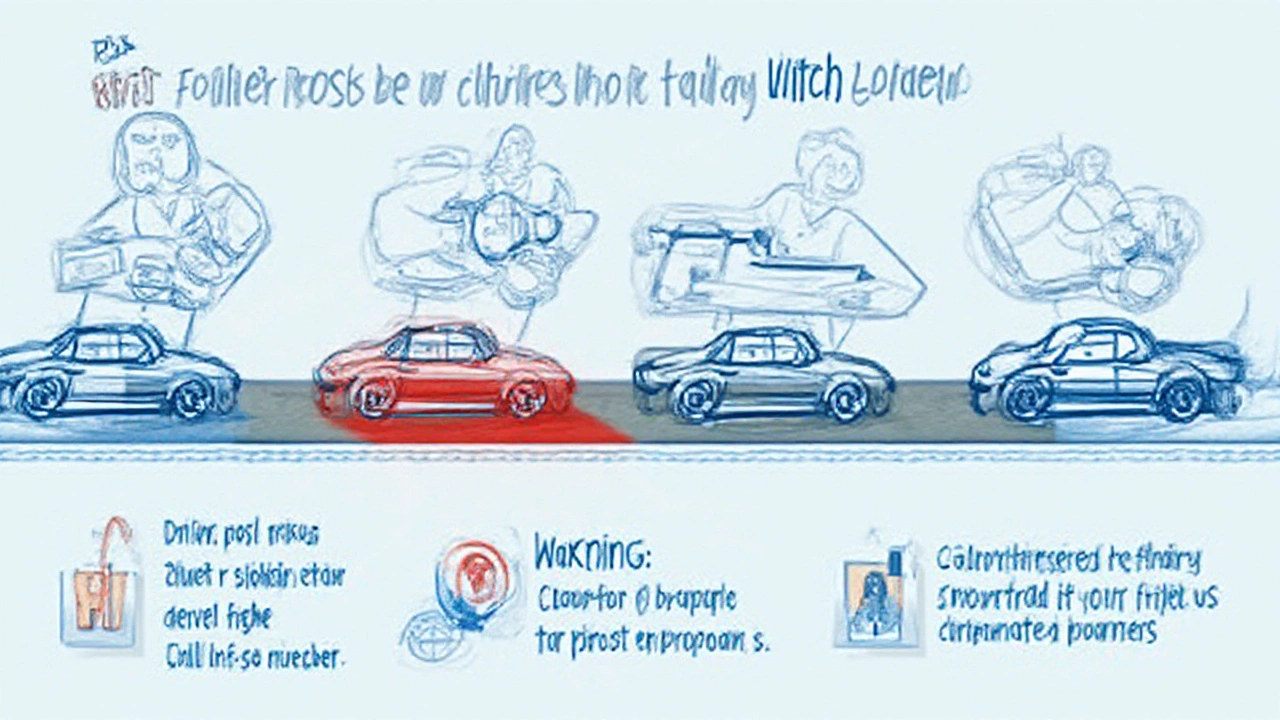
Dealing With a Bad Clutch: Tips for Managing, Repairing, and Preventing Disaster
If you’re stuck with a dying clutch, what’s the smart move? First off, if the car’s still running but showing early signs—like a slipping pedal, burning smell, or noisy shifts—start planning for repairs right away. Shop around. Some garages offer payment plans or even rebuilt kits to keep costs lower. DIYers sometimes tackle clutch jobs at home with the right tool rental, but make no mistake: it’s a tough, greasy job best left for someone who’s done it before if you’re not confident. Clutch kits aren’t one-size-fits-all, so check your car’s part numbers and specs. Don’t buy the first bargain you see online—cheap kits can end up failing sooner, and you’ll be right back where you started.
If waiting for repairs is your only choice, change how you drive. Minimize stop-and-go traffic—we’re talking fewer city miles, less time in rush hour. Stay off hills if possible, since uphill starts are a clutch’s worst nightmare. Keep your shifts smooth and avoid riding the clutch at lights. Experienced drivers suggest using higher gears once up to speed and skipping unnecessary shifts—every gear change puts stress on weak parts. Listen for signs that the clutch is about to fully give out: sudden loss of pedal pressure, inability to get into gear, or noises that change rapidly. If that happens, don’t risk it—get towed home or to a shop. Nobody likes calling a tow truck, but it beats being stranded miles from help or causing an accident.
There are a few emergency tricks if you’re truly stuck. Starting a manual car in gear lets you move at low speed, but you need a clear path because you’ll jerk forward fast. Only do this when towing isn’t an option—and be ready for stares, because it’s not subtle. Clutchless shifting is possible, but you need perfect timing with your revs, and any slip-up can cause more damage. If you have an older hydraulic clutch, sometimes topping off fluid can buy you a few more shifts, but that’s just a stopgap. The most common mistake? Ignoring the signs, hoping the problem “works itself out.” No clutch has ever healed itself—not once in the 100+ years of car history.
Want to prevent clutch problems in the first place? Best tip: don’t ride the clutch pedal at stoplights or creep uphill slowly with your foot halfway down. When you’re driving, fully press or release the clutch—don’t let it hover in between. Teach yourself to recognize the early signs, like a changing bite point or slipping engagement. Routine inspections catch failing hydraulics or worn cables before they cascade. If you’re buying a used manual car, always check for telltale issues: test drive on hills, feel for smooth engagement, and sniff for burning smells. Smart buyers save themselves a big repair bill by walking away from a car with an iffy clutch, even if the seller swears it’s “just a little soft.”
When all’s said and done, driving with a bad clutch is a gamble—and one that gets riskier with every mile. Sometimes you can limp home, sometimes not. The real cost isn’t just in dollars, but in headaches, lost time, and possibly bigger safety risks. Paying attention to those early warning signs and acting fast is the smartest move. If you love your car (or just need it to get to work without drama), treat your clutch with respect and keep it in top shape.


